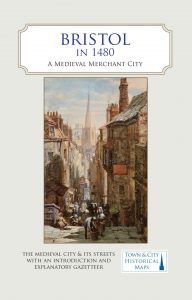February marks LGBTQ+ History Month, a time to reflect upon the rich history of LGBTQ+ communities. It offers an opportunity to remember those who have fought for LGBTQ+ rights, consider the progress made, and look ahead to engage in a more inclusive, visible and equal future.
Piecing together history can be a fascinating puzzle. How can we properly represent the nuances of history in situations where the little information available to us comes from biased sources? What more can we learn about trans history? How can we talk about trans lives today by examining a story from over 100 years ago? The Brigstow Institute brought together a team of researchers from different disciplines – history, law and performance art – to answer these questions.
‘Jenny: Posed as a woman’ explores the life of Jenny Moore, a person from an impoverished background in Gateshead in the early 1900s. Little information was available about Jenny and her life, save for criminal records and a few related newspaper articles. How did living outside the law shape her identity and experience?
We caught up with Dr Sarah Jones, a social and cultural historian of gender and sexuality, to learn more about the project, breaking the mould of traditional historical investigation, and using performance to enhance research.
‘Jenny: Posed as a woman’ is a fascinating interdisciplinary project bringing together the worlds of history, law and performance art. What led you to carry out this research, and why is this research important?
Often, the evidence about LGBTQ+ lives we find in the archives is focused on processes of regulation and control. While it is a rare gift to find personal testimonies or clues about what ‘real life’ might have been like for LGBTQ+ people in the nineteenth century, it is far more likely that we will find accounts of persecution and prosecution at the hands of bodies such as medicine and the law.
To some extent, this is true in the case of Jenny Moore – a person a judge said ‘always lived in the shadow of the prison door.’ When we encounter her story in our sources, we can learn a little about her arrests for theft or loitering, and perhaps gain little snippets of insight into the challenges of being what we might think of as a trans woman in Victorian Britain. Our research, though, attempted to tell new and different stories about Jenny and her life. Bringing together our different fields of expertise, combining creative and academic practice, we wanted to capture more of the rich, complex essence of a character like Jenny Moore. As well as helping us reflect on how our understandings of queer lives are shaped by archives focused on their often brutal encounters with the state, our project also sought to think about how we could tell fuller stories about LGBTQ+ people in both the past and present.
How did the team go about this research?
The project brought together a group of scholars and artists to try and explore Jenny’s life through different lenses. On the academic side, a group of colleagues (Professor Josie McLellan, Dr Jeanie Sinclair, Professor Lois Bibbings, Nic Aaron, and myself) with backgrounds in history or law explored the background and context of Jenny’s life. We considered what her world might have looked like, and also tried to track down more details of what she got up to as the Victorian era gave way to the twentieth century.
While we tried to create as rich a picture as possible of her life and times, we also attempted to ‘fill the gaps’ through creative practice – to use our existing knowledge to imagine the kinds of spaces she might have frequented, and the people she might have met. All of this research was workshopped with Tom Marshman – an artist and performer interested in ‘the outsider’ and their story, particularly regarding the LGBTQ+ experience, and stories from the queer history that have been omitted through silences in the archive. This process of collaborative and creative research has been feeding into a performance created by Tom, alongside composer, singer, and musician Jenny Moore, writer and performer Enxi Chang, and puppeteer Emma Powell.
What impact has this research had?
At the most basic level, we’ve told a version of Jenny’s story. Her little corner of late nineteenth- and early twentieth-century Britain could have easily been totally lost to history – dismissed, perhaps, in traditional academic work because the evidence we have about what her life was like is patchy and our picture of her incomplete. Creative projects like this one give us room to tell different stories of the past, and to build insights into LGBTQ+ lives that might slip between the cracks in the archive. In a contemporary moment where the rights of LGBTQ+ (and particularly transgender) people are under attack, it feels more important than ever to engage the public with stories like Jenny’s.
Beyond this, we’re also hoping the project will have broader applications. Nic, one of the research team, is investigating how we might be able to use Jenny’s story to uplift trans people – especially, they note, those at the sharp end of criminalisation like Jenny was. As part of this, for example, Nic has connected our work with the Bent Bars Project, drawing links between Jenny and the experiences of trans people who are currently incarcerated. Our research, then, has helped us to reflect on how we approach LGBTQ+ history, engaged the public with some intriguing and timely trans history, and has started us thinking about how historical work around gender diversity can be relevant to trans communities today. In short, the project honours Jenny but is bigger than her alone.
What are the next steps for the project team?
For now, our collaboration is wrapped up. On the research side, Nic, Jeanie and I are preparing a chapter that reflects on the project and how and why we worked together. In that publication we look to reflect on the messiness of working with an incomplete and often problematic archive, and the benefits and challenges of multi-disciplinary and creative research. We also look forward to seeing the performance take shape. Tom has prepared a work in progress version of the show, and we’re hopeful that there will be a full performance coming to a theatre sometime this year.
Further information:
Learn more about ‘Jenny: Posed as a woman’ by watching ‘Brigstow Presents: Hidden Histories and Performing the Archive’ and visiting Brigstow’s project page.
Find out how the University of Bristol is marking LGBTQ+ History Month 2022.
Discover the wide range of undergraduate and postgraduate courses offered by the University of Bristol’s Faculty of Arts.
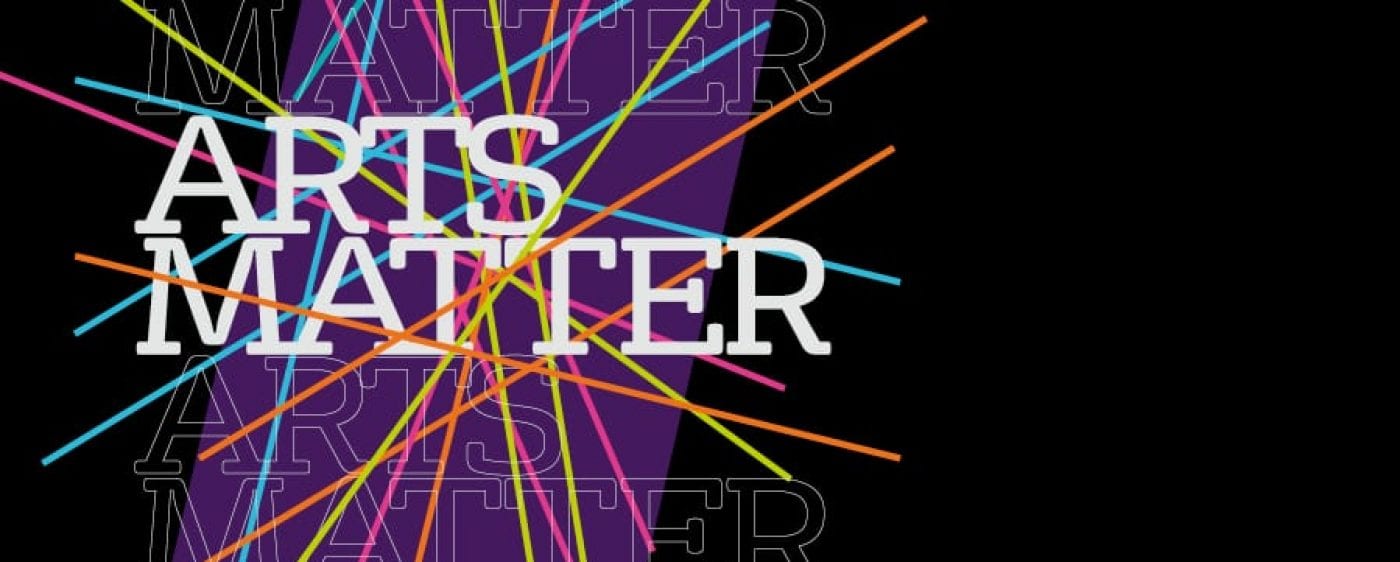


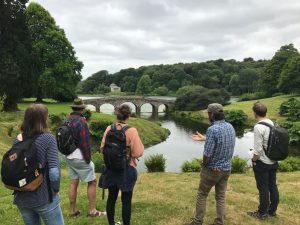
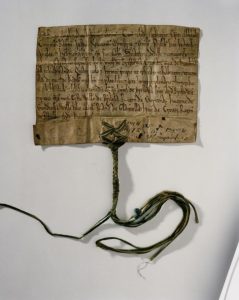
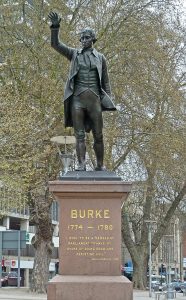





 Your latest research project, based in the UK, is called Waves of Change – can you tell us more about it?
Your latest research project, based in the UK, is called Waves of Change – can you tell us more about it? 